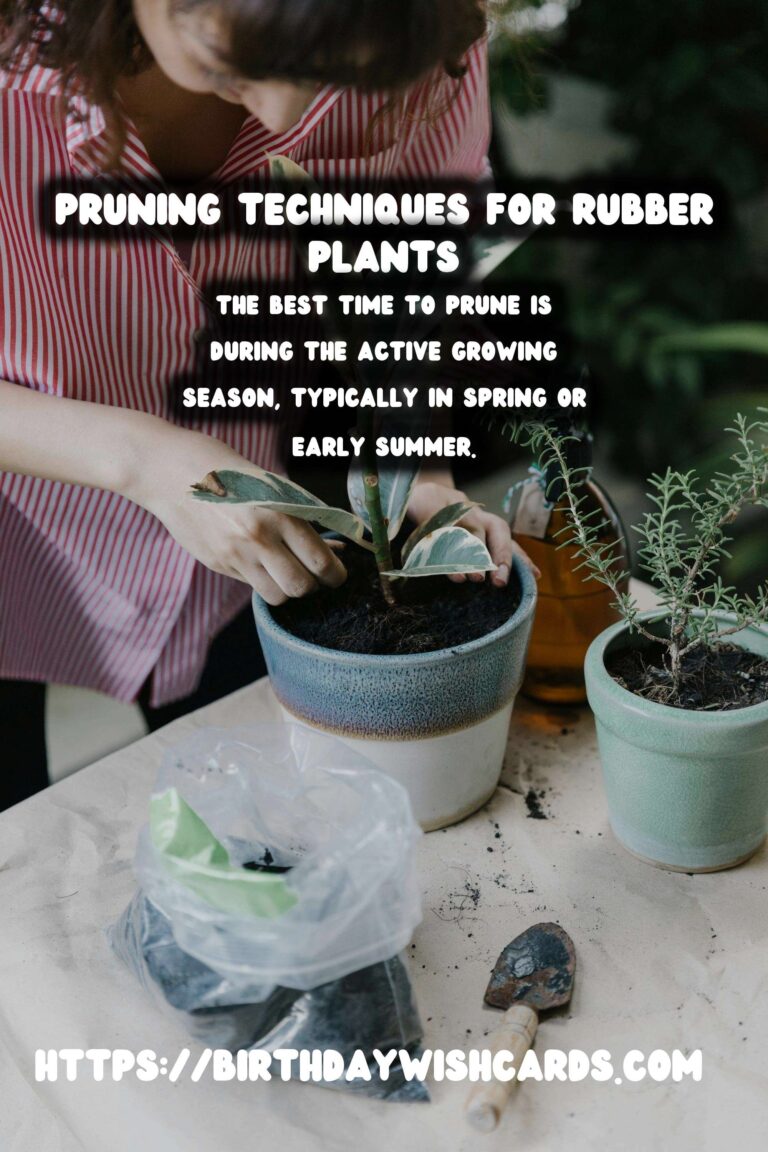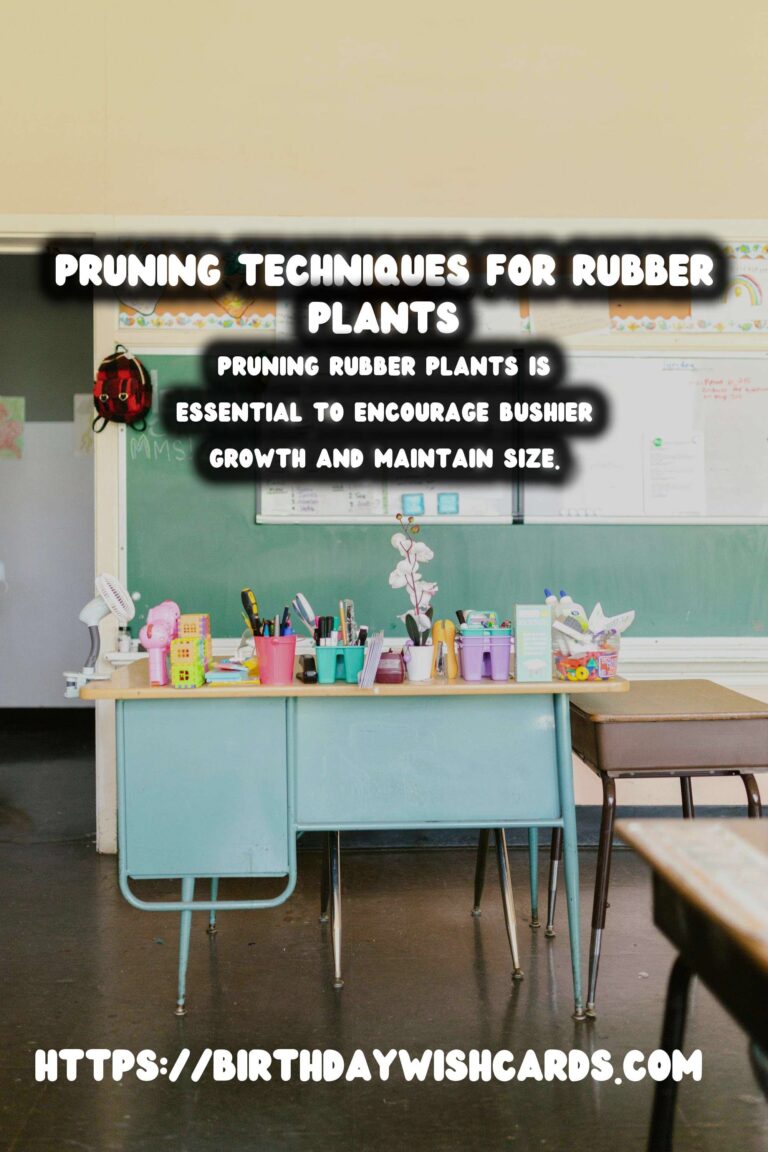
Rubber plants, known for their glossy, broad leaves, are a popular choice for indoor greenery. These resilient plants not only enhance the aesthetic appeal of your home but also purify the air. However, to maintain their health and encourage bushier growth, proper pruning is essential. In this comprehensive guide, we will explore the steps and benefits of pruning rubber plants to promote lush and vibrant foliage.
Understanding the Rubber Plant
Before diving into pruning techniques, it’s important to understand the rubber plant’s growth habits. Rubber plants, or Ficus elastica, are native to Southeast Asia and can grow up to 100 feet tall in their natural habitat. However, when grown indoors, they typically reach a height of 6 to 10 feet. Their thick, oval leaves are a deep, rich green, and some varieties have variegated patterns with hints of purple or cream.
Why Prune Rubber Plants?
Pruning rubber plants is crucial for several reasons:
- Encourages Bushier Growth: Pruning stimulates new growth by redirecting the plant’s energy to produce more branches and leaves.
- Maintains Size: Regular pruning helps keep the plant’s size manageable, especially in indoor settings where space may be limited.
- Removes Dead or Diseased Parts: Cutting away dead or damaged leaves and stems promotes overall plant health.
- Improves Air Circulation: Pruning overcrowded areas allows better air circulation, reducing the risk of pests and diseases.
When to Prune Rubber Plants
Timing is key when it comes to pruning rubber plants. The best time to prune is during the active growing season, typically in spring or early summer. During this period, the plant is more likely to recover quickly and respond well to pruning efforts. Avoid pruning during fall or winter, as the plant’s growth slows down, and cuts may take longer to heal.
Tools Needed for Pruning
Having the right tools on hand will make the pruning process easier and more effective. You will need:
- Pruning Shears: Sharp shears are essential for making clean cuts that heal faster.
- Disinfectant: Use rubbing alcohol or a diluted bleach solution to sterilize your tools before and after pruning to prevent the spread of diseases.
- Gloves: Wearing gloves protects your hands from the latex sap that rubber plants exude when cut, which can cause skin irritation.
Steps for Pruning Rubber Plants
Follow these steps to prune your rubber plant effectively:
- Identify Areas to Prune: Look for stems that are overgrown, leggy, or growing in an undesirable direction. Also, identify any dead or diseased leaves.
- Make the Cuts: Using your sterilized pruning shears, make clean cuts at a 45-degree angle just above a node (the point where leaves attach to the stem). This encourages new growth from the node.
- Remove Dead or Diseased Parts: Cut away any brown or yellowing leaves and stems to prevent the spread of disease.
- Shape the Plant: Trim back any excessively long stems to maintain a uniform shape and encourage bushiness.
- Clean Up: Dispose of pruned material and clean your tools to prevent contamination.
Post-Pruning Care
After pruning, provide your rubber plant with the right conditions to promote recovery and growth:
- Light: Place the plant in bright, indirect sunlight to encourage new growth.
- Water: Water the plant thoroughly but allow the soil to dry out slightly between waterings to prevent root rot.
- Humidity: Maintain moderate humidity levels to support healthy foliage.
- Fertilizer: Consider using a balanced, water-soluble fertilizer every month during the growing season to provide essential nutrients.
Conclusion
Pruning rubber plants not only enhances their appearance but also contributes to their overall health and vitality. By following the right techniques and providing proper post-pruning care, your rubber plant can thrive and become a lush, bushy centerpiece in your home. Remember, patience and consistency are key to achieving the best results.
Rubber plants are popular indoor plants known for their glossy, broad leaves. Pruning rubber plants is essential to encourage bushier growth and maintain size. The best time to prune is during the active growing season, typically in spring or early summer. Use sharp pruning shears and disinfect them to prevent disease spread. Post-pruning care involves providing adequate light, water, and occasional fertilization.
#RubberPlant #PlantCare #IndoorPlants #GardeningTips #Pruning

